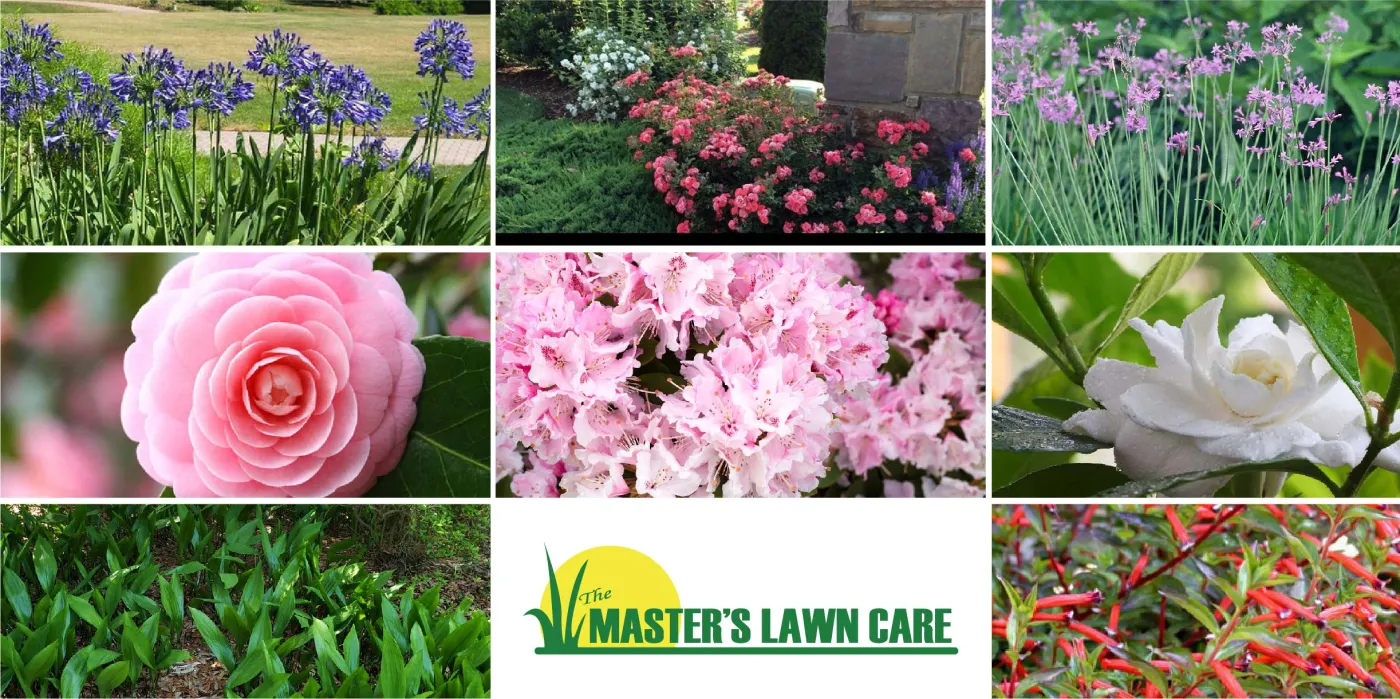As the winter season comes to an end, it's time to check your landscaping for any damage caused by the cold and frost. You might have noticed that some of your plants have turned brown or wilted. But don't worry, with a little bit of knowledge and planning, you can replace those damaged plants with new ones that are cold-hardy and can survive the winter.
There are many different types of cold-hardy plants that will not only survive the cold, but also add beauty and charm to your yard. So, whether you're just replacing a few shrubs or doing a complete garden overhaul, there's an option that's perfect for your landscape.
Plants that experience freezing temperatures in the winter usually fall into one of two categories: tropical plants and flowering perennials. The list below showcases some of our favorite replacement options for both categories.
To replace tropical plants - some ideas would be:
1. Camellias
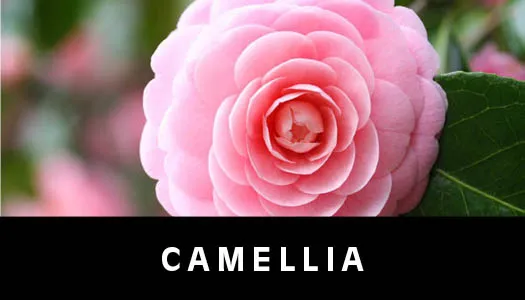
If you're looking to add some color to your yard during the winter months, the camellia is an excellent choice. The camellia maintains its lush green leaves throughout the winter and produces beautiful flowers that can really liven up the otherwise dreary winter landscape. While many other plants are struggling with the cold and losing leaves, the camellia is just getting started, with gorgeous white, pink, or red blooms that can really make your North Florida landscape pop.
2. Century Plant
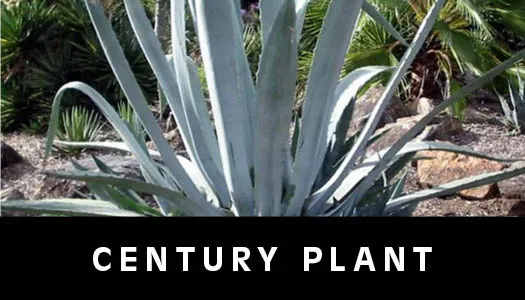
The Century plant stands out due to its impressive appearance. In addition to its aesthetic value, this plant is also low-maintenance and can withstand drought, making it a practical addition to any landscape.
3. European Fan Palm
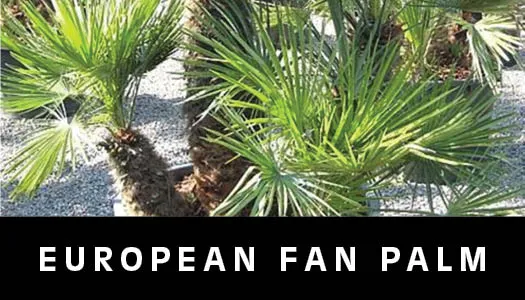
This versatile plant that can add a tropical touch to your landscape in many ways. Its palmate leaves make it an excellent choice for creating a poolside ambiance or as an accent piece in your landscape. This plant can also be grown in containers or clustered in your landscape, making it a flexible option for any design.
4. Cycads (Coontie or Sago)
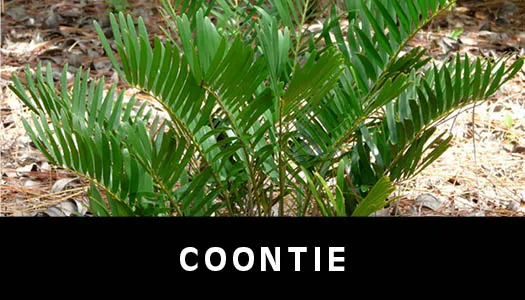
This tropical plant is a popular choice due to their ability to survive in various environments and their exotic appearance. They come in a range of shapes and sizes, from shrub-like plants to those that resemble palm trees, and their stems can be either subterranean or thick and trunk-like.
5. Cast Iron (Deep shade)
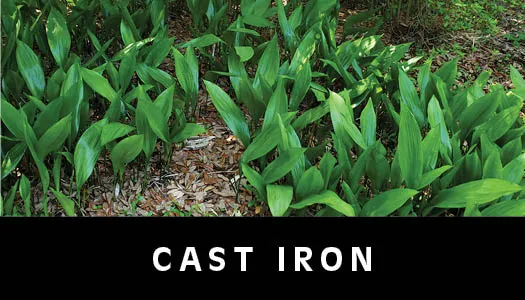
One of the most resilient landscape plants available is the Cast Iron plant. It has large green leaves that form dense beds above the soil and can survive for many years. Cast Iron plants can thrive in soil of average to poor quality. You can use this sturdy tropical plant to create a border around your deck or along a garden pathway.
To replace flowering plants-some ideas would be:
1. Society Garlic
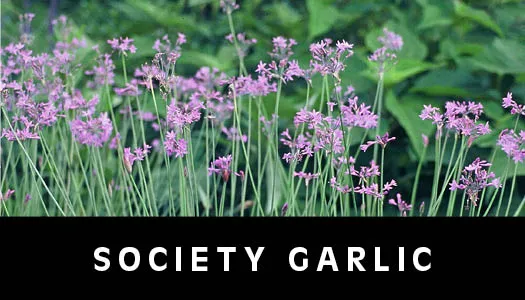
Society garlic, known for its delicate, star-shaped purple flowers, is a type of ground cover that thrives in borders or mass plantings. These perennial plants can grow up to one foot tall and make for a beautiful addition to any garden.
2. Drift Roses
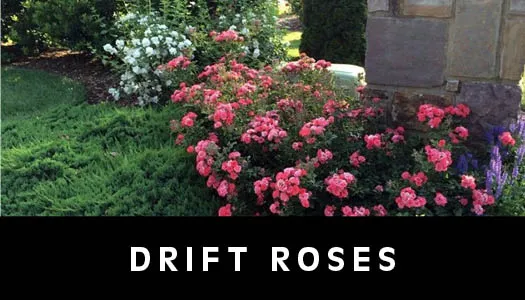
The Drift Rose is a colorful and abundant bloomer that can add a vivid touch to any North Central Florida landscape all year round. Unlike many other landscaping flowers, such as Lantana, Firespike, Daisies, and Begonias, which freeze back during the winter, the Drift Rose is a hardy perennial that can withstand North Florida's winters. Even though it may not be in full bloom during this time, it still provides a healthy, low-growing green shrub.
3. Dwarf Azaleas (Fashion, Red Ruffle)
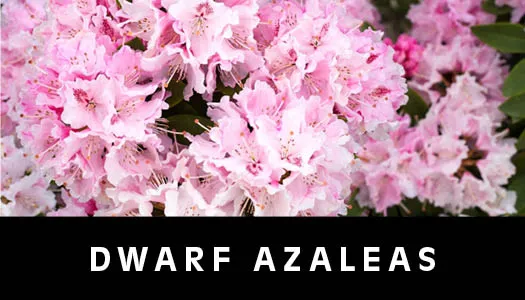
Azaleas are a popular choice due to their stunning flower masses and vibrant colors, as well as their evergreen foliage and distinctive plant form. In Florida, the blooming season for azaleas varies depending on the cultivar and seasonal changes, typically occurring between late February and early April. While numerous azalea cultivars thrive in north and central Florida, only a few are recommended for the southern regions.
4. Firecracker Plant
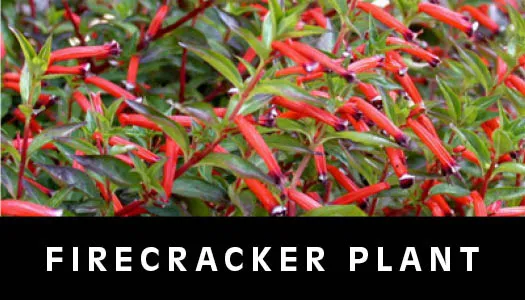
The Firecracker plant has a natural and unstructured growth pattern with cascading fiery red blooms that catch the attention of hummingbirds and butterflies. The tubular flowers, which are primarily red, resemble a burst of fireworks, giving the plant a striking and attractive appearance.
5. Agapanthus
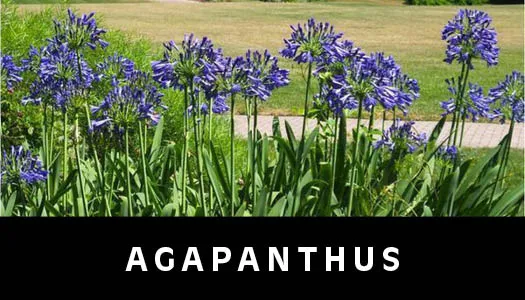
Agapanthus is a popular ornamental plant and is often used in landscaping as a border, mass planting, or as a container plant. It prefers well-drained soil and full sun to partial shade, and is relatively low-maintenance. This flowering perennial plant typically grows up to 1 to 3 feet tall and about 1 to 2 feet wide. It has long, slender, and strap-like leaves that grow in a clumping formation from a bulbous base. The leaves are typically dark green, but some cultivars have variegated foliage with creamy-white stripes.
6. Evergreen Stella Daylily
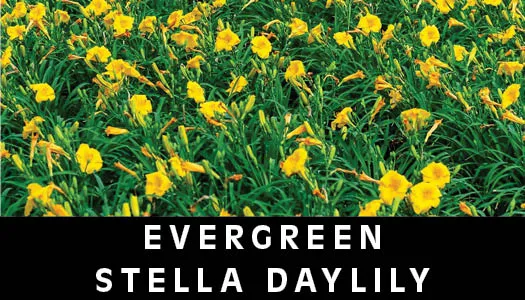
This highly sought-after variety of daylilies known for their durability and long blooming cycle. Being evergreen, the daylilies retain their leaves throughout the year, making them ideal for year-round landscaping. These plants bear a profusion of golden-yellow flowers, each of which lasts only a day, but the plant produces multiple blooms, which extends the blooming period to several weeks. They require minimal care and can be easily grown, pruned, and watered, and flourish well in full to partial sunlight. Stella daylilies are versatile and can be used in a variety of garden settings such as borders, ground covers, or as container plants.
7. Gardenia
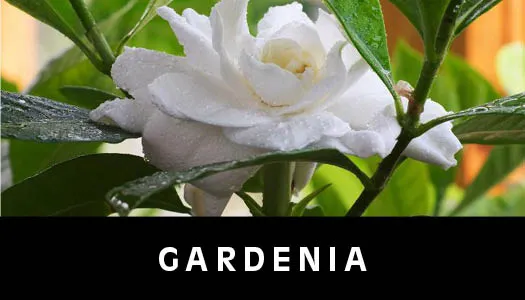
The gardenia is an evergreen shrub that grow from 2 to 15 feet tall. Although the dark green foliage is attractive, the plant is grown for its flower, a white, fragrant bloom that appears in the spring. Gardenias grow well in Florida’s warmth and humidity and can be used as accent plantings, hedges and container specimens on the patio. The only place in Florida that gardenias will not thrive is along the coast as they are highly salt-intolerant.
Replacing your frost-damaged landscape plants can be a fun and rewarding experience. It allows you to give your garden a fresh look, and at the same time, ensure that your plants are healthy and well-suited to your landscape needs. By planting these resilient options, you can enjoy a beautiful and sustainable landscape all year round. Plus, maintaining healthy plants is important for the overall health of your landscape and the environment. So, embrace the challenge and enjoy the process of replacing your frost-damaged plants. Your garden will thank you for it!


